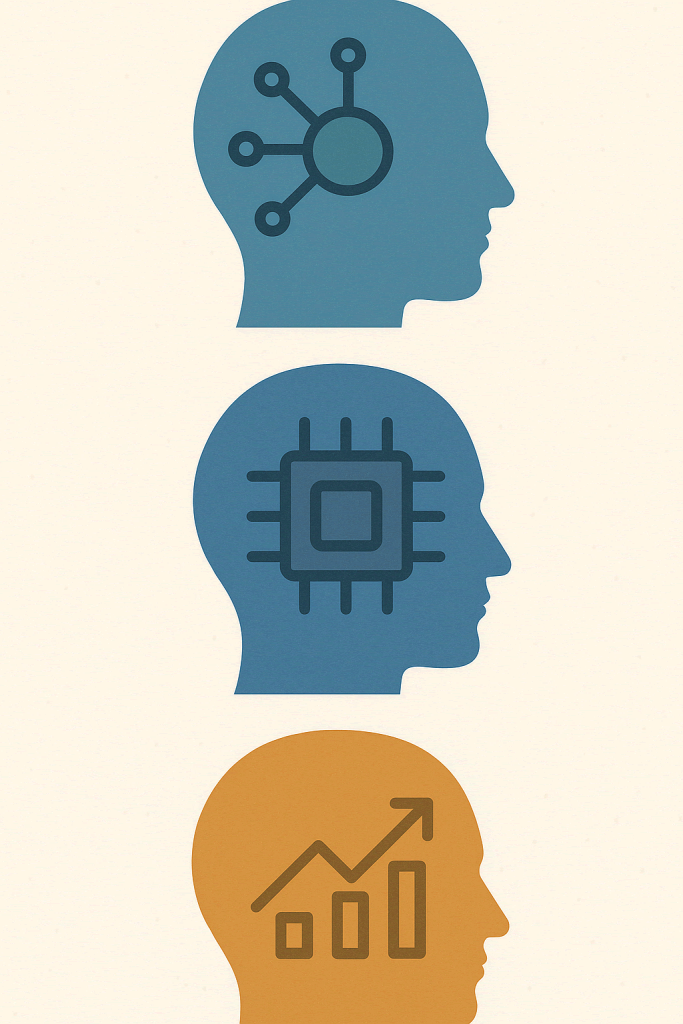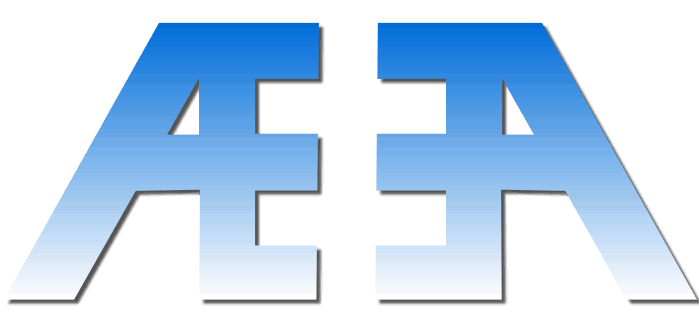

When we talk about artificial intelligence, it’s helpful to break it down into three broad categories: narrow AI, general AI, and superintelligence. Each represents a different stage in the evolution of machine intelligence, and each comes with its own capabilities and implications. Most of what we use today falls into the first category, but understanding the distinction helps frame the conversation around what AI can do today and where it might be going.
Narrow AI, also known as weak AI, is the kind of artificial intelligence we interact with daily. These systems are designed to perform specific tasks, often with remarkable accuracy, but they cannot operate beyond the scope they were trained for. A good example would be a voice assistant that understands your commands or a recommendation engine that suggests movies. These tools can be very sophisticated, but they don’t actually “understand” what they’re doing in a human sense. At AEHEA, we work with narrow AI extensively because it’s powerful, reliable, and adaptable to real-world business needs.
General AI, or strong AI, is a theoretical form of intelligence that would be able to perform any intellectual task that a human can. It would have the capacity to understand, learn, and reason across multiple domains, without needing to be trained from scratch for each task. We’re not there yet, and general AI remains a goal rather than a reality. It poses significant engineering, ethical, and philosophical questions. If ever achieved, it would require a new framework for how we interact with machines, including legal and moral considerations.
Superintelligence goes a step further. It refers to AI that surpasses human intelligence in every possible way, from creativity and problem-solving to emotional understanding and strategic planning. This type of intelligence is purely hypothetical at this point, but it often comes up in discussions about the long-term impact of AI on humanity. At AEHEA, we focus our work firmly on what exists today, but we stay aware of the broader context because it informs how we build, how we educate our clients, and how we prepare for what comes next.
